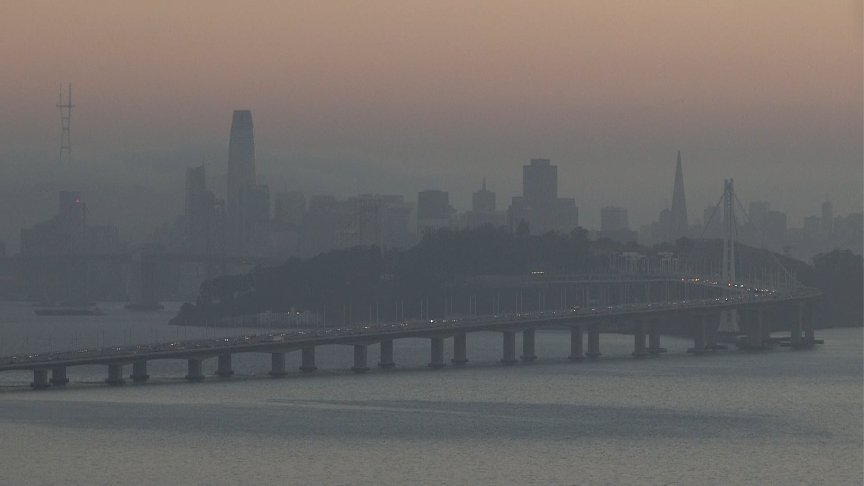Feeling the heat? You're not alone.
The National Weather Service has issued a heat advisory this week for parts of the Bay Area. We break down what you need to know and provide heat safety tips below.
When will the heat advisory start?
The heat advisory will be in effect from 11 a.m. to 8 p.m. Tuesday with some areas expected to top triple-digit temperatures.
What areas are under the heat advisory?
- North Bay interior mountains
- Eastern Santa Clara hills
- East Bay hills
- East Bay interior valleys
- San Benito County mountains
- Interior Monterey County, including Pinnacles National Park
How hot will it get in the Bay Area?
Dangerously hot condition with temperatures reaching over 100 degrees are possible during this heat wave, weather officials say.
Get a weekly recap of the latest San Francisco Bay Area housing news. Sign up for NBC Bay Area’s Housing Deconstructed newsletter.
The National Weather Service expects Tuesday and Wednesday to be the hottest days.
Warm overnight lows are expected through Friday morning, ranging from 67 to 76 degrees in the valley and 71 to 82 degrees in the foothills.
Visit our NBC Bay Area weather page to get your microclimate forecast and latest weather updates.
Heat safety tips
The expected high temperatures increase the chances of heat related illnesses.
Here are some tips to avoid heat-related health problems.
- If available, stay in an air-conditioned area during the hottest hours of the day.
- Wear light, loose-fitting clothing.
- Drink plenty of water (avoid alcohol and sugary drinks) and don't wait until you are thirsty.
- Take cool showers.
- Never leave a child, elderly person, or pet unattended in a car.
- Keep pets cool in hot weather.
- Avoid unnecessary hard work or activities outside during the hottest part of the day.
- Avoid unnecessary sun exposure and wear a wide-brim hat if you need to be in the sun.
- Avoid using the oven to cook.
Where to escape the heat
Cooling centers will be open in some parts of the Bay Area as afternoon temperatures reach into the upper 90s and 100s. We have a running list of open cooling centers over the next couple of days.
How to identify heat exhaustion and heat stroke
An extremely high body temperature (103 or higher), dizziness, nausea, confusion, and headache are signs of heat stroke or exhaustion. If someone shows these signs, call 911 and begin cooling the individual. Here’s how:
- Moving them to a shaded area.
- Spraying with cool water and fanning them.
- Placing them in a cool shower if they are alert.
- Monitoring the body temperature and continue cooling efforts.
- Do not give the victim fluids to drink.

People age 65 and older, infants and children, and people with chronic medical conditions are more prone to heat stress. People with elderly neighbors should check in on their well-being.
For more heat safety tips visit ready.gov.



